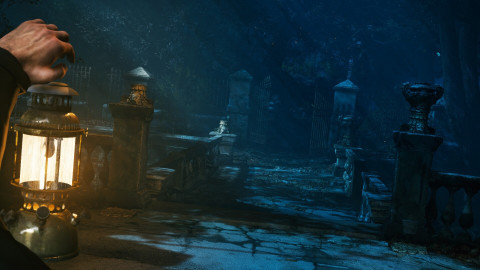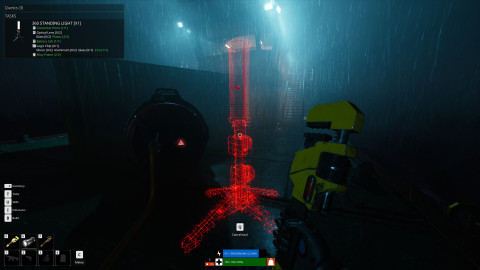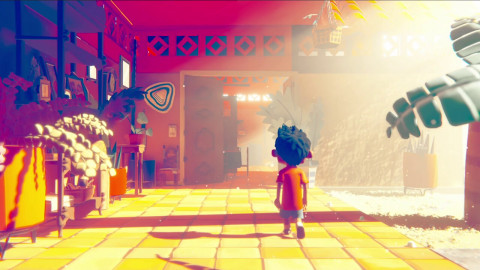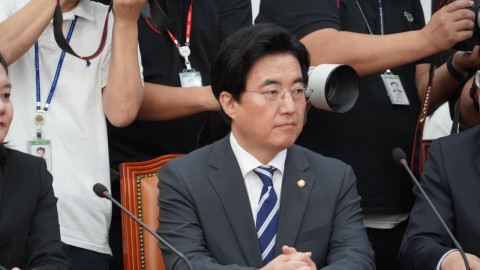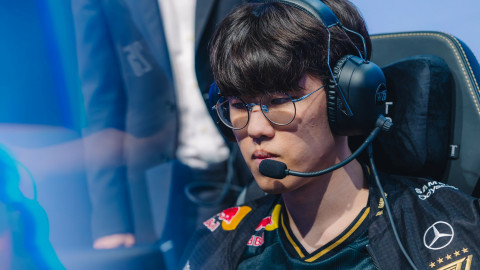
It’s no secret that the League Championship Series production wasn’t up to par this Summer Split, or really, the entirety of the 2020 season. The LCS has historically had good production value, especially compared to Europe and China, both of which had far fewer resources. But in the past couple of years, especially with the European league rebranding to the LEC during their own franchising in 2019, the LCS’s production has quickly been overtaken.
This summer, it became that much more obvious, and that much more frustrating.
From a lack of coherent identity in the broadcast to the lack of supportive content, the recycled conversations, the ugly HUD, the out-of-touch segments, and more, the LCS just didn’t pull together a crisp enough product to provide any compelling argument to gain new viewers or retain the old. Frankly, compared to the other three major regions, the LCS was quite bland. And for a league that is still being criticized for its level of play, the region needed stronger production to stay relevant in the professional League of Legends scene.
There are two main ways in which the LCS feels overshadowed by its sibling leagues. The first is the inferior level of talent within the region, demonstrated mainly through play in international tournaments, but also through the analysis of domestic matches. The second is the curated image of the region, which takes into consideration the gestalt of the league’s various aspects, including: player branding, org branding, sponsorship activations, production, broadcast segments, visual assets, and more.
Before we break down the numerous issues with the production, I want to call out a few positives and recognize the difficulty in working through COVID-19. The LCS had some really strong points, like the recurring podcasts and talkshows by the broadcast talent. There were still some strong segments, and the overall flow of the broadcast was fine, especially considering how the LCS mirrors other sports broadcasts in its attempts to provide analysis and discussion points about the games. However, much of the specifics in the broadcast itself undermined that work and setup.
| PROS |
CONS |
| Similar to prior years, familiar | No brand identity (bad mix of analysis + games) |
|
Dealt with COVID quickly |
Repetitive, bland, with some awful sketches |
| Some good analysis, games |
Bad graphics, misused assets (LCS Dome) |
| Hype videos (Tactical enters LCS) | |
| Good off-broadcast shows/podcasts |
To be blunt, the final product of the LCS was incohesive. Friday Night League didn't feel special, and the weekend show offered little outside of some simple analysis and storyline. This had little to do with the broadcast crew’s level of talent or technical ability, but rather the organization of their talking points, supportive content, and how the personalities were utilized.
While the LEC was busy learning dances, recording songs, writing, and reciting long monologues on players and narratives, the LCS was… analyzing the emote meta? Some of the greatest things about the LCS in the past were video series like “Drive” which they were unable to run in the second half of the spring and into the summer. But they didn’t pivot their run-of-show properly to make up for lost content, and their more analytical, traditional-sports-type image was more bland than usual.
There were multiple reasons why the broadcast felt worse than usual this summer. First, while they usually sit at an analyst desk, similar to ESPN, etc., they weren't able to this summer. To solve that, they partnered with Alienware to create the LCS Dome, a virtual production facility. And while it was a beautiful concept, it was very poorly done in reality and reduced the show's quality rather than improve it. Instead of an actual virtual space with a bunch of moving parts, it seemed more like a simple twitch overlay with some webcams fixed in their respective position. The colors were bland, the faces were small, there was far too much unused space, and it never felt like a 3D studio.
While they claim "The LCS DOME uses 75 virtual cameras ... [and] gives viewers a window into a digital world - mountains, forest, and a seascape - to echo the feeling of catching a breeze and creating a change of scenery, even from inside your home," it really spent about 95% of its usage on one of two cameras, each pointed at some talking heads on a fake TV screen. There was very little actual movement throughout the virtual space. Four big face cams with some simple, colorful outlines would've been better.

There was very little color, very little "nature," and the few angles they had that included cool League Easter Eggs - like the scuttle crab - were on an incredibly small loop with no variation or interesting movements. So while it makes sense to not be over the top and distract from the analysis and interviews, the Dome didn’t add anything in terms of production value. On top of that, the broadcast members had wildly different setups - some professional, others boring, some light, some dark - and there was no continuity or anything to make it feel like it belonged together.
Beyond the look is the run of the show and actual talking points the writers brought to the table. The key point of the broadcast for four or five weeks straight was pros’ emote usage, which eventually made it feel like that was more important to the broadcast than the strategies LCS teams actually utilized in their games. They even included an "emote bingo" after four weeks of emotes being one of the main broadcast focuses when it would’ve been a much more appropriate cap on the emote discussion after just the second or third instance on the show.
And while each of the members of the broadcast team is talented and deserves their position, there wasn’t a clear role or identity that separated them this year. Other than the two hosts, Dash and LeTigress, there wasn’t much distinction between analyst #1, analyst #2, and featured guest. In the LEC, for instance, each member has a clear role on the broadcast. As an example, Vedius will often dive deep into specifics of a game to directly analyze certain key moments, and otherwise he plays the foil for the other broadcast members, taking on wild personas or pumping the atmosphere full of energy to carry a segment all the way through.
In the LCS, the various desk members often had similar points with similar tones and energy levels, leaving the host as the sole person carrying conversation and energy. While MarkZ was originally more or less the LCS foil, he wasn’t really able to operate as such with the other personalities present on the desk this summer. They were too similar with their delivery, tone, and overall brand. They were all so alike, in fact, they eventually even started wearing the exact same outfit on broadcast, which was a bit too on the nose for a broadcast meme in my opinion.
And though LeTigress did a fantastic job week after week as the Friday Night League host, inserting energy and charisma into the show, it wasn't necessarily always met with the same tone, and it made the atmosphere a bit confusing. The show was overall usually pretty slow and dull.
The show did sometimes do things to pick up the energy levels a bit, in some ways mirroring the ridiculous Vedius jokes, but they were incredibly over the top when doing so, and it broke the calm, analytical tone that it otherwise held. In just the second Friday Night League, they brought back "Prophet Crumbz" to ridicule the other talent for their failed predictions in a THREE-MINUTE-LONG monologue.
I've included Twitch Chat for your pleasure.
Friday Night League's identity crisis was further exacerbated with the show's addition of TheSushiDragon as its closing segment. TheSushiDragon is a popular Twitch streamer and did the after-party show for the NA 2020 Spring Finals, so it made sense that he'd appear with Riot again... Except he didn't fit any sort of theme that Riot was otherwise running with for any of their production and especially for Friday Night League, which seemed like it was supposed to attract new fans. His very niche content did not have a place on the FNL broadcast, and after a few weeks, they moved his show off the LCS twitch and to his own.
“Anybody we hire has to really believe in Showcase Greatness in their core… No matter what we do, every time we start something, I first talk about why we are doing it and how it relates to showcasing greatness, and then I can talk more about it,” FlyQuest CEO, Tricia Sugita, explained to me. Everyone in the company understands what it means to be a part of FlyQuest and how they should be reflecting their company mantra at all times. That’s why when their players get called out for trolling in solo queue, there are long reddit threads about it. “It even means taking solo queue seriously. Whatever you do, own it,” Tricia said. They’ve set up a legitimate image, and fans have taken note and have discussions based on their brand.
The LCS has not done anything of the sort. Their individual content elements do not synergize with or reflect each other. There is no unified message or brand. Take a look at the collage below: on the left is the LEC Flickr, on the right is the LCS Flickr. The shots are all similar, but the LCS has a much less cohesive view. The LEC has high contrast, with super bright players, dark blacks, and their signature orange and/or teal splashed throughout. The LCS has great photos, but no specific image.
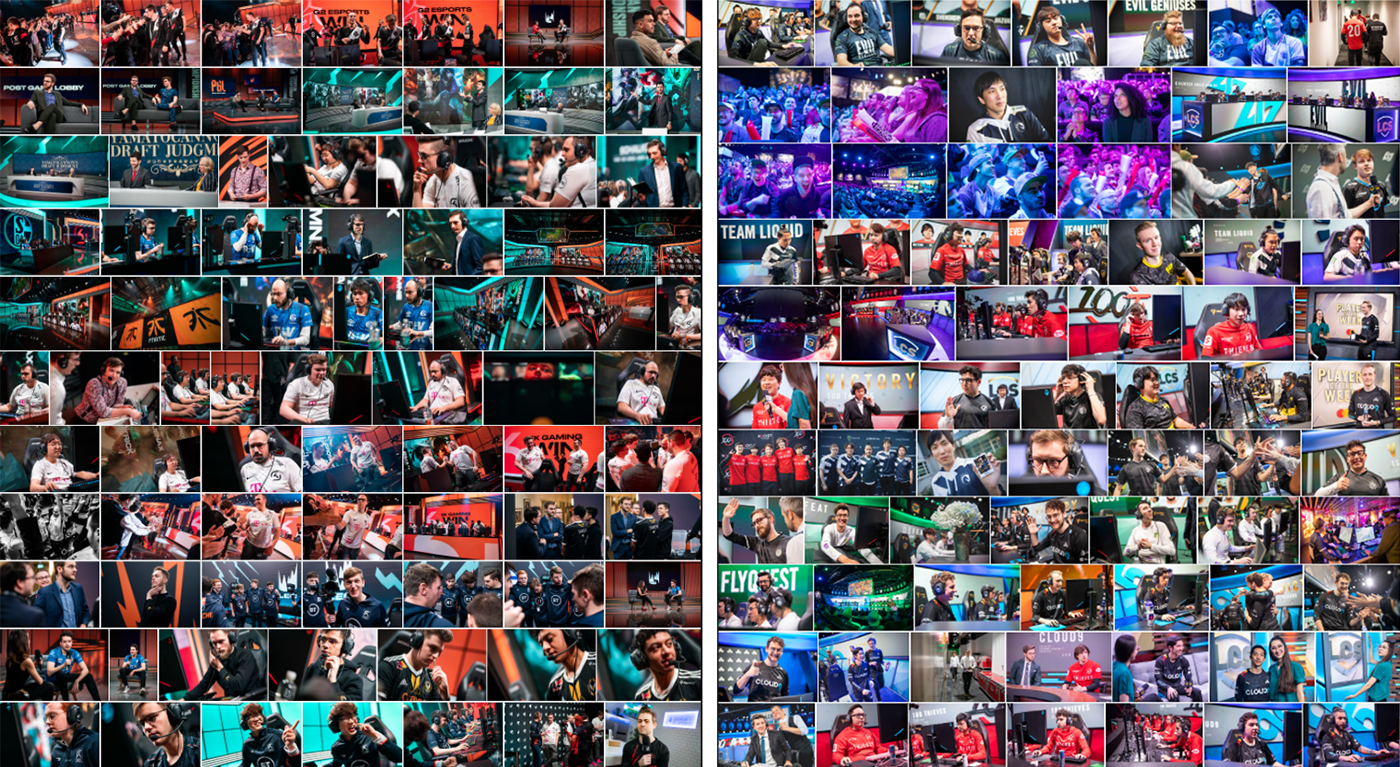
While this isn't inherently a problem, it definitely doesn't help the LCS at all, and the fact that nothing else really ties it together means their content gets fewer views and feels less integral and necessary. Take a look at the LoL Esports YouTube, which hosts both LEC and LCS content. The LEC thumbnails all feature their signature colors and the differently shaped stripes they used in 2020. The LCS? It’s just like any other indistinguishable YouTube thumbnail.

This off-season we lost BOTH faces of NA - Bjergsen and Doublelift. Last year we lost Sneaky and Jatt. The LCS hasn’t won any modern international tournaments and has few star rookies that attract any attention. If the LCS doesn't improve and offer something unique and have some sort of purpose, then it will lose viewers.
In a year defined by a global pandemic with the complete shut down of most traditional sports and other forms of entertainment, all eyes were on the LCS to perform. And while the show did indeed go on, it didn't thrive, and that's a shame. Hopefully 2021 will be better.
Find full schedules, brackets, and more for your favorite esports on Juked.gg!
For more LoL Esports news and content, head over to our dedicated League of Legends section!
Sort by:
Comments :3
-
0

level 1 Musashi
I think this is a really terrible tale and mean spirited. LCS studio is located in Southern California and they did a terrible job with covid11. California as a whole did a terrible job. Reopen for a week. Close for three months. Open again for a few months. Close again for three. Unless you have sources or something you don’t know how much content got scrapped or retuned.
And blaming the talent for the league’s performance doesn’t make any sense. You don’t scream and shout at the Target employee because the razor you bought there fell after mid shave. They didn’t make the razor. They only carry the product.
LEC on the other hand was blessed and located in Germany. Which did an amazing job with the crisis and had most of their rules and regulations figured out in a matter of months.
On top of that the stylistic difference in the league cater to tastes. If you like “just like real sports but league” you prefer the LCS content. If you like “dank shit posts” you like LEC. You have a bias and I have a different one.
-
0
level 1 Alandring
It's funny. It is the first year I watch LCS on the official broadcast (I usually watch the french broadcast, O'Gaming) and I really, really enjoy it. I don't watch pre/post-show, but the game broadcast was really great. I liked the casters, I liked their analysis and I hope it won't change.
-
0

level 1 Amber
Thank you for posting that it could be just the thing to give inspiration to someone who needs it! Keep up the great work!



